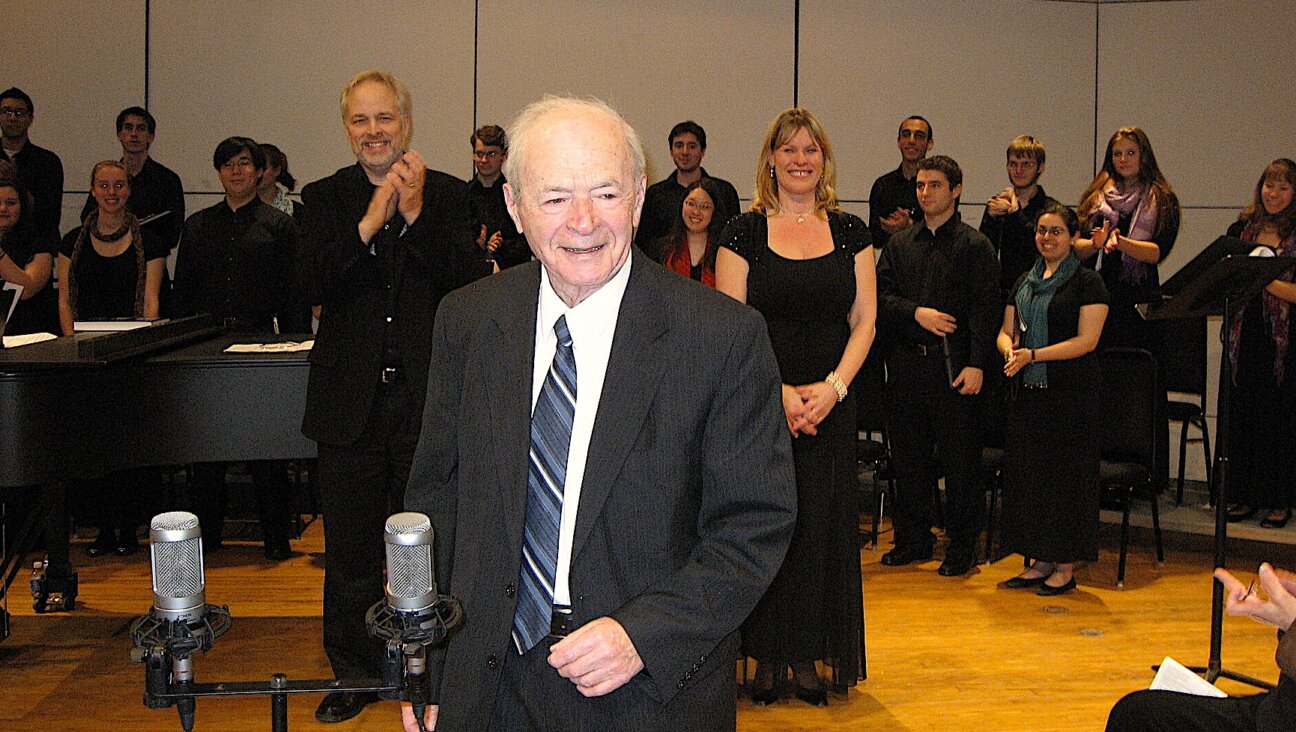Crowd Sourcing Charity

Graphic by Angelie Zaslavsky
Mazel tov to Congregation Beth Elohim, the hip Brooklyn synagogue that likes to call itself “the little congregation that could.” After the ceiling in its century-old building collapsed in 2009, CBE has been scrambling for funds to make repairs, especially to its 400-square-feet of stained-glass windows. Now, salvation is around the corner, thanks to a savvy social media campaign and the largesse of a credit card company.

Congregation Beth Elohim Image by wikimedia commons
The synagogue is one of four winners in the American Express Partners in Preservation program, which awarded grants of up to $250,000 to nonprofits in New York City based on votes from followers on social media platforms. Contests like this lift the hot trend of “prize philanthropy” to a new level, where victory is based not only on worthiness, but on popularity. Chabad has used this to great advantage, garnering hundreds of thousands of dollars in corporate contributions for its schools and programs by capitalizing on its vast, devoted online presence.
Forgive us for asking, but is this the best way to distribute charity? Has philanthropy turned into “American Idol”?
Some critics worry that this is more about branding the corporation than about serving the needy. “It’s a cheap way to get a lot of advertising,” James English, a University of Pennsylvania professor, told public radio a couple of years ago. It’s also illustrative of the steady decline of trust in expertise, which has been replaced in so many venues — including, let’s be honest, journalism — by an overarching embrace of the crowd not for its wisdom, but for its passion.
Even some within the philanthropic community are questioning whether a successful social media campaign is worth the cost. Such contests can distract charity executives and exhaust supporters without building a core of long-term donors, say some consultants.
Crowd-sourcing charity does present a welcome challenge to a system that may have been too insular for its own good, allowing smaller nonprofits access to funds that were otherwise unattainable. But like everything else in our wired world, the disturbing consequences may only be a few clicks away.
















